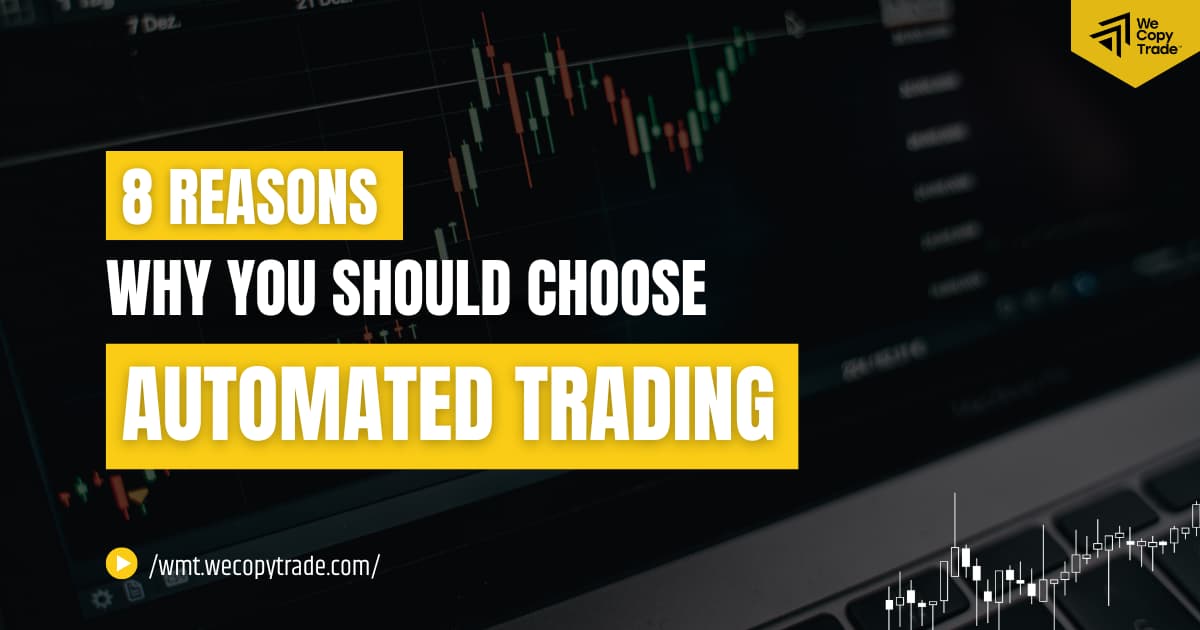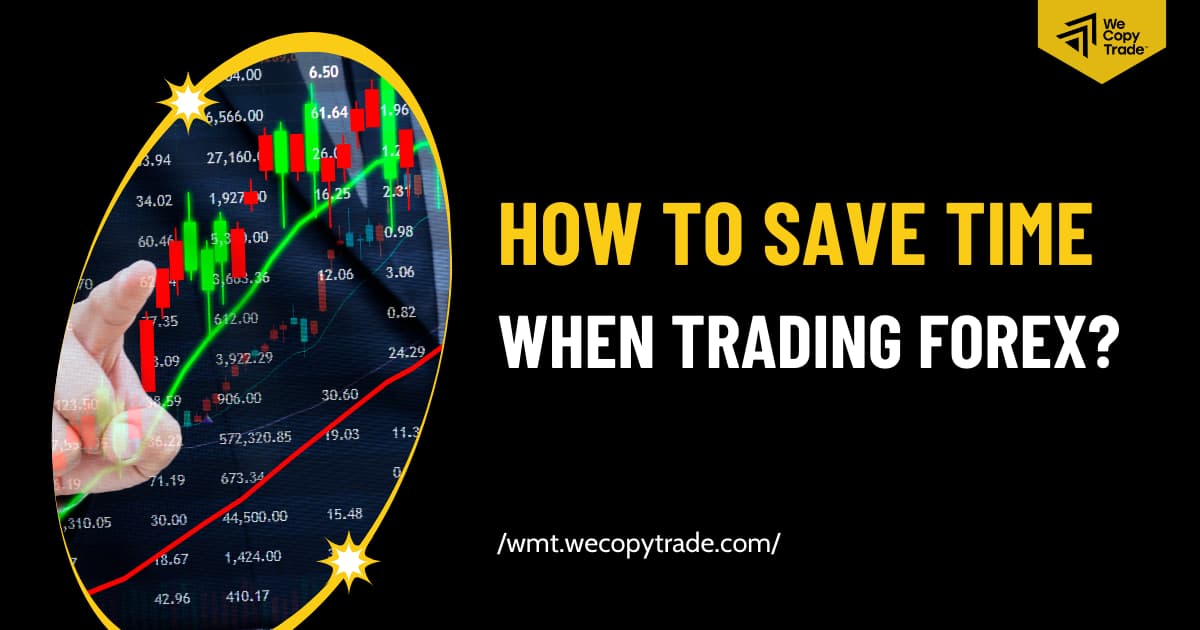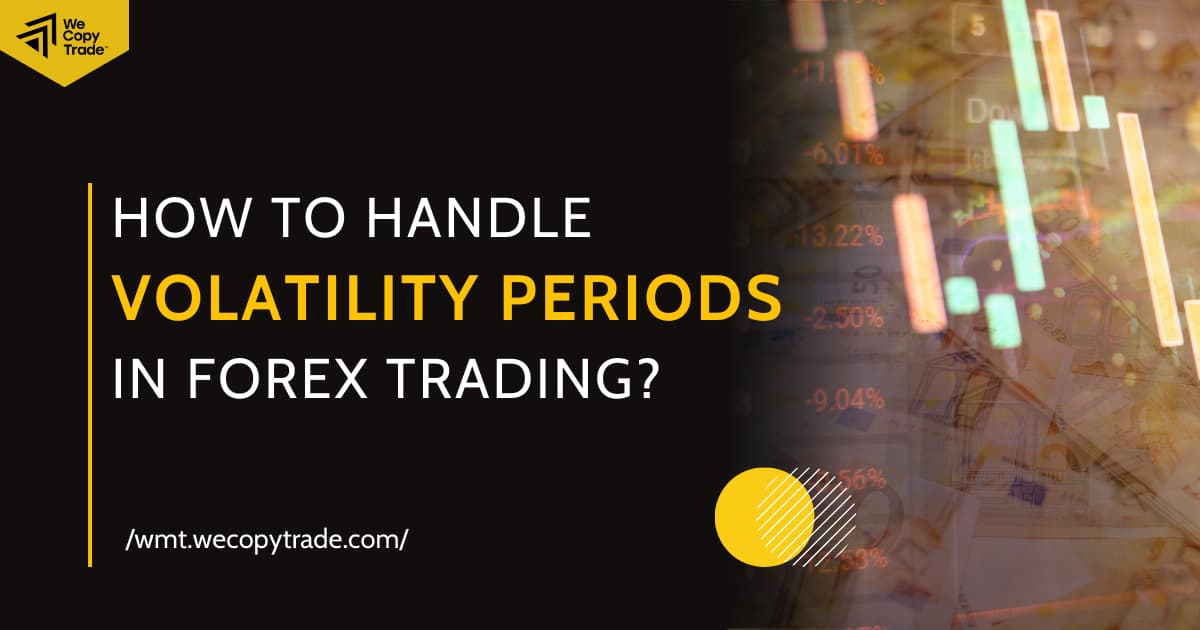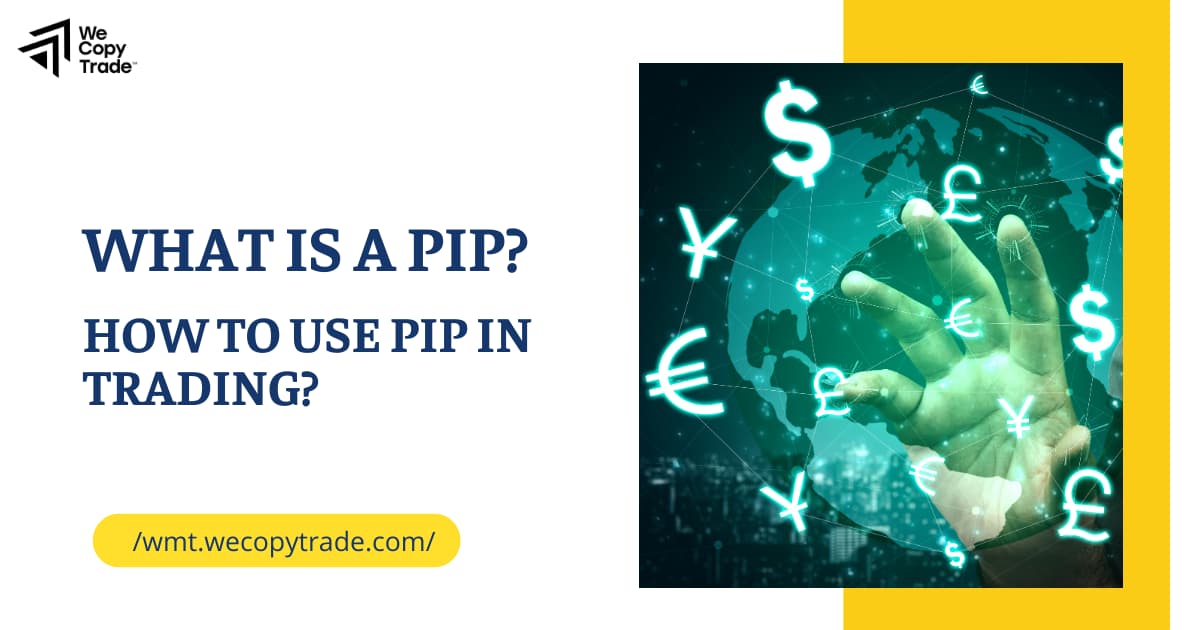
PIPs play an important role in currency trading. They let traders know how much potential profit or loss a currency movement will generate. All Forex quotes are shown using PIPs, so every change in an exchange rate affects how much a trader has to pay or may gain. In this article, we will explore exactly what a PIP is, how to calculate PIP, and how to use PIP when placing trades.
What is PIP? How does it Work?
PIP stands for Percentage in Point/ Price Interest Point in the Forex market. It is a unit measuring a change (gain or loss) that can happen in a currency rate. In other words, it is the smallest price change in the value of a currency pair’s exchange rate.
To track potential profits and losses, traders calculate the value of each PIP. They do this by taking the PIP size (usually 0.0001) and dividing it by the exchange rate.
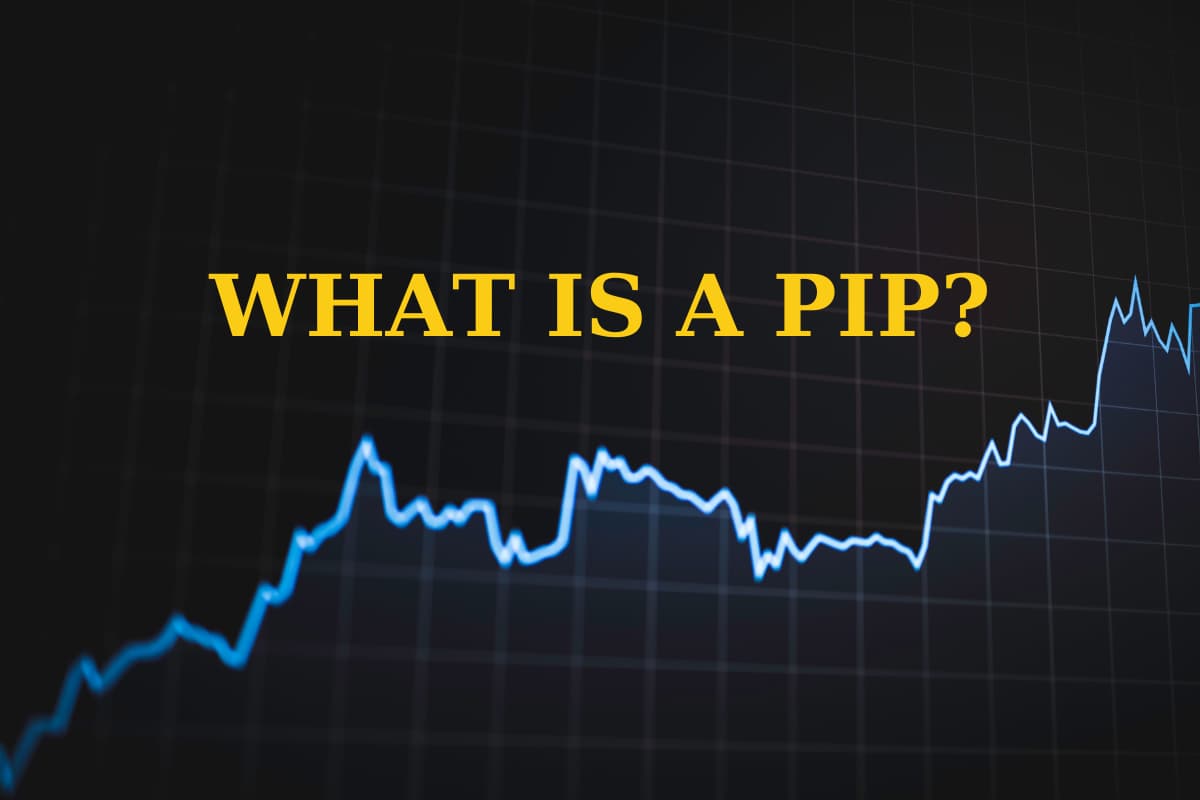
For most currency pairs involving the US Dollar, one PIP is equivalent to 0.0001. This means the exchange rate goes up or down by that tiny amount with each single pip move. PIPs are also called basis points. A basis point is worth 1/100th of 1%, so 0.0001 equals one basis point.
To show how pips are calculated, let us imagine the USD/EUR pair is quoted at 100. In that case, the pip value would be 1/100 divided by 100, which works out to 0.0001. If the pip size was larger, like 0.0015 (15 basis points), the currency values would fluctuate more because each pip movement is bigger.
The regular 0.0001 pip is lower risk than a pip of 0.0015 since it represents a smaller shift in a currency’s price. So the smaller the PIP size, the smaller the risk in currency trading.
Factors that Affect PIP
Here are some factors that significantly affect PIP values:
Leverage
Using leverage, Forex traders may control large positions with relatively small amounts of capital. However, it also increases risk. Highly leveraged positions can see large losses from even small pip movements against them.
Trade Volume
The more currency pairs being traded in the market, the higher the overall trade volume. Higher volumes lead to larger potential profits from pip moves, as the PIP value per unit increases along with volume.
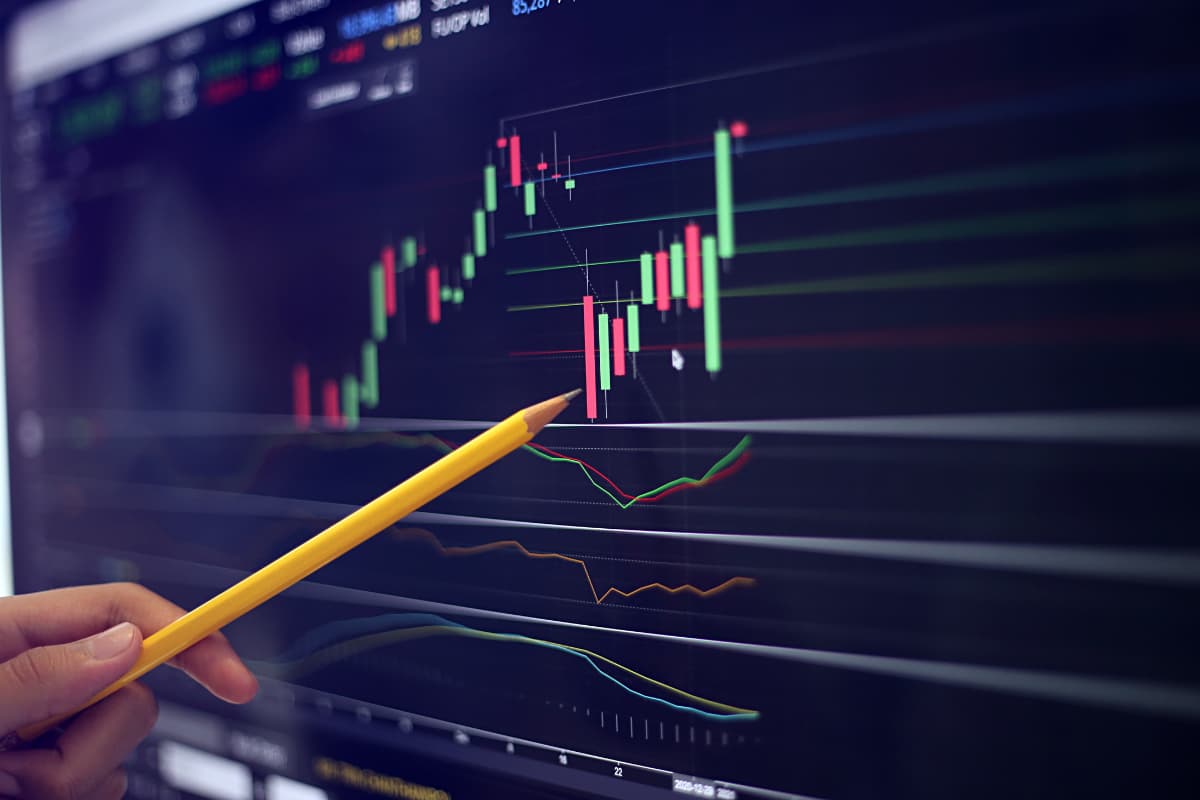
Type of currency pair
Different currency pairs have varying exchange rates. Since the PIP value depends on the exchange rate, the same pip movement will be worth different amounts in different currency pairs. Pairs with higher rates tend to have lower pip values.
Exchange Rate
As exchange rates rise or fall, so do PIP values for that currency pair. Higher rates reduce pip worth in Dollars/Euros, etc, while lower rates increase it.
How to Calculate PIP
The value of a PIP is set by the currency pair you choose to trade, the trade size, and the current exchange rate. Here is a step-by-step guide on calculating PIP:
Step 1 – Determine your PIP size
For most currency pairs, it is 0.0001. Pairs with Japanese Yen usually have a PIP size of 0.01.
Step 2 – Find the exchange rate for the currency pair
For CAD/USD the rate might be 0.7747, for example.
Step 3 – Use the formula to calculate the forex PIPs value for a position
Use this formula:
Currency PIP value = (PIP size/ exchange rate) * position size
Step 4 – Convert the PIP value into your home currency value
Once you have calculated the PIP value, you may convert it into your home country’s currency value using the prevailing exchange rate. This helps you understand the monetary value of the PIP movement in your local currency.
Assume that we are looking at the CAD/USD currency pair, with a quote of 0.7747. This means that 1 Canadian dollar can buy about 0.7747 US dollars. Imagine there is a 1 PIP increase and each PIP is 0.0001. So a 1 PIP increase would raise the quote from 0.7747 to 0.7748. Now CAD 1 can buy a marginally greater amount of USD – USD 0.7748.
Calculating Forex Price Moves with PIP
The size of your trade makes a big difference in how much you can gain or lose from each PIP movement. Bigger positions mean more money at stake with price changes.
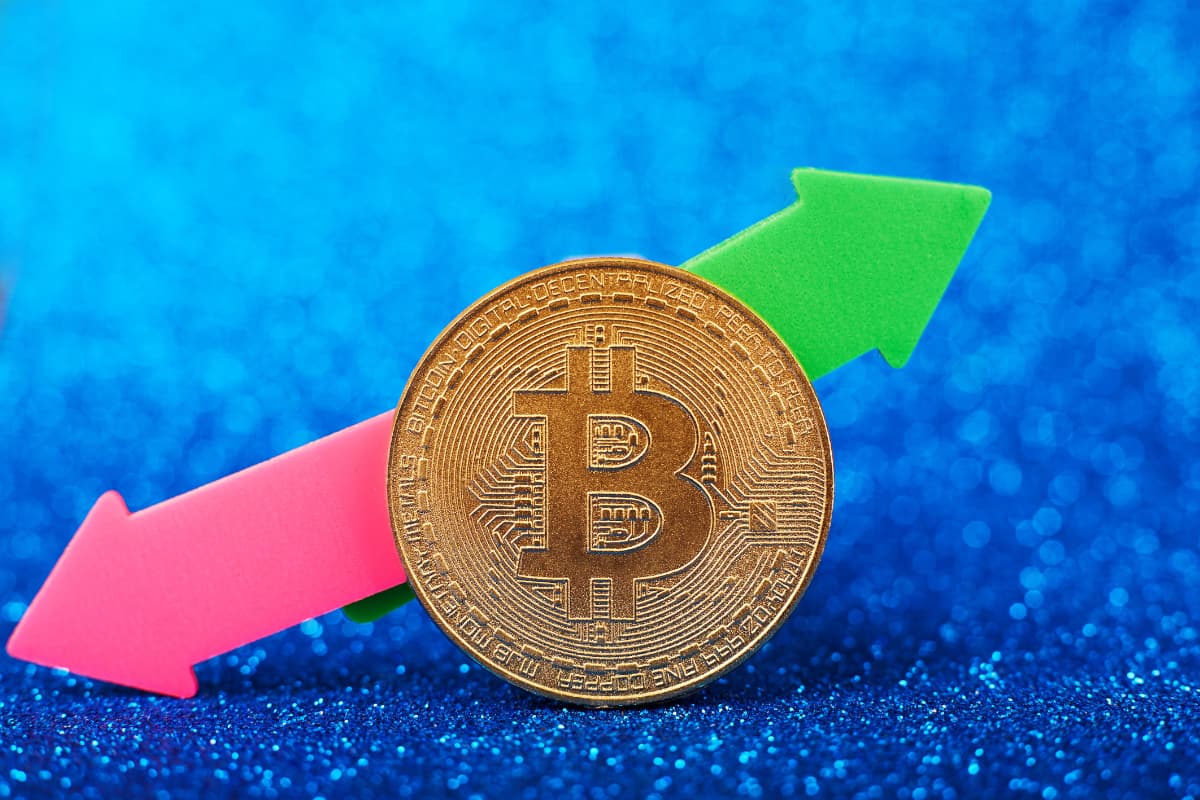
You can figure out the value of a PIP based on your position size. Take the number of units and multiply by 0.0001.
Formula: Position size * 0.0001 = PIP’s monetary value.
For instance, if your trade is 100,000 PIPs, each PIP would be worth 100,000 * 0.0001 = $10.
If the market goes your way, you will make $10 for each unit. But if it moves against you, you will lose $10 per unit.
The position size impacts it too. A trade of 5,000 units means each PIP is worth $0.5. If the size is 50,000, each PIP will be %5. And 1,000,000 units jump the PIP value up to $100.
So in summary, your trade size sets how much you can win or lose on each smallest price change, called a PIP. The bigger your position, the bigger the money shifts with market movements.
How to Use PIP in Trading
Utilizing PIPs in trading can be instrumental in managing positions, assessing risk, and determining potential profits or losses. Here is a practical guide on how to use PIPs effectively in trading:
Set stop loss and take profit
PIPs let you specifically choose where you will exit a losing trade or take profits on a winning one. You may determine the number of PIPs you are willing to risk on a trade based on your risk tolerance and strategy. For example, if you are trading EUR/USD and decide to set a stop loss 50 PIPS away from your entry point, you could set your stop loss at the corresponding price level
Manage your risk carefully
PIPs are critical for effective risk management. They help estimate potential losses before a trade. You can calculate how many PIPs you’re comfortable losing without risking too much money. Then adjust your position size based on that.

Consider your position size
Smaller mini-lots or micro-lots give you less potential profit but also less risk compared to standard lots. Match your position size to your personal risk tolerance.
Analyze market volatility
PIPs show average daily market movement. Watching past PIP changes helps you set reasonable targets and decide when to close losing trades. It also helps pick good times to trade, like avoiding very volatile periods.
Scan for strong support/ resistance levels
Look for price levels where a currency pair previously found solid floor or ceiling for opportunities to enter or exit trades based on PIP analysis.
Using PIPs in these ways helps make trading decisions with risk in mind, while also taking advantage of market opportunities.
Final Words
To wrap up, understanding what is Pip and how to use it is essential for any Forex trader. A Pip is the smallest unit of currency price movement that allows you to precisely measure gains and losses. Being able to calculate Pip value based on trade size and knowing how to set stop-losses and take-profits in Pips helps you effectively manage risk. Mastering the power of Pips gives traders an essential tool to make educated decisions and maximize profits in the competitive world of forex markets. For further helpful trading tips, please visit our website at WeCopyTrade and https://wmt.wecopytrade.com/blog.


